Ricerche di mercato sui biosimilari
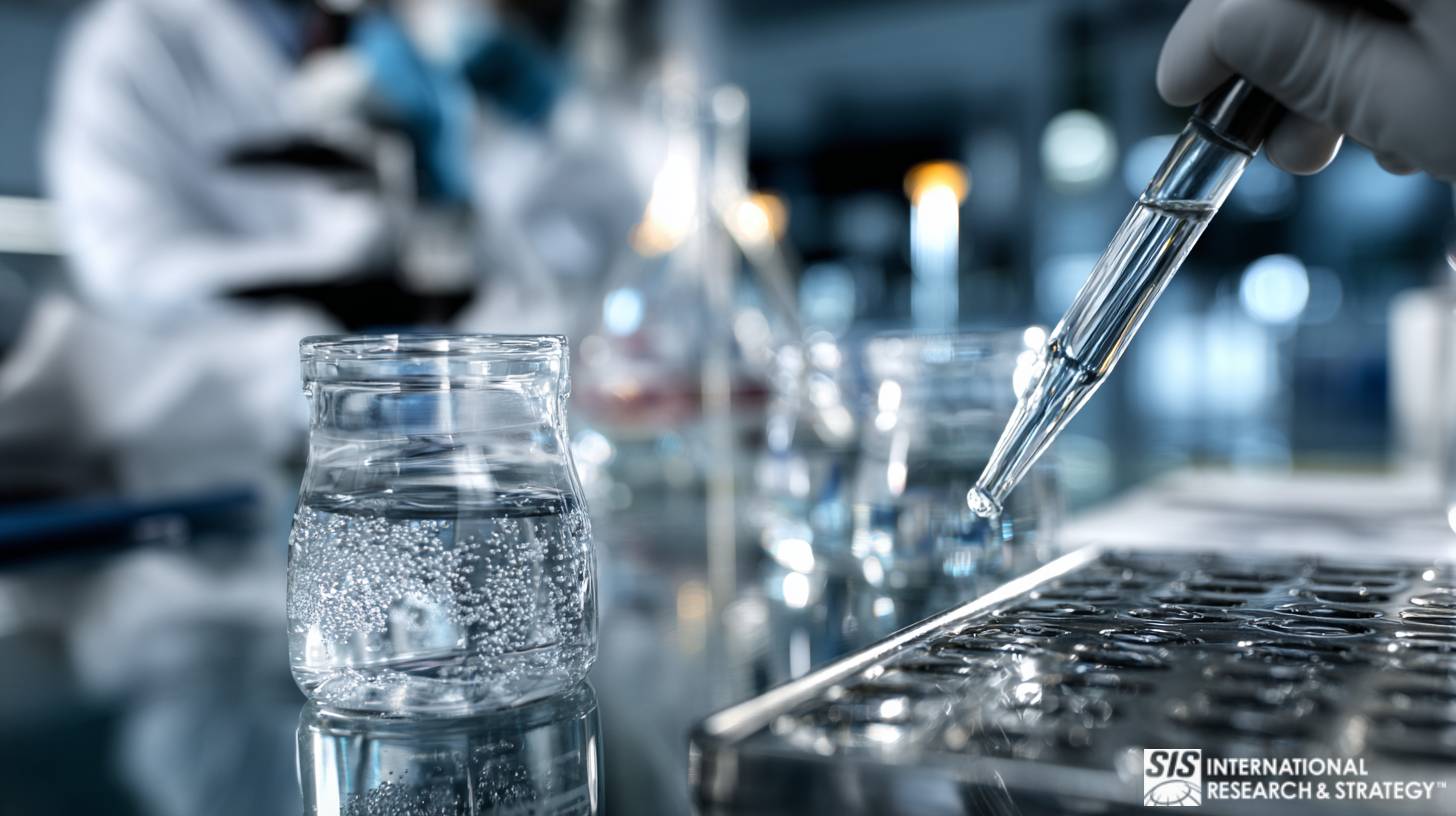
Impegnarsi in ricerche di mercato approfondite sui biosimilari aiuta le aziende a comprendere le dinamiche del mercato, i cambiamenti normativi e le preferenze dei consumatori, garantendo che possano prendere decisioni strategiche che guidano la crescita e l’innovazione.
The truth about biosimilars? They’re not just cheaper alternatives—they’re healthcare game-changers that most executives still don’t fully understand.
Few sectors offer the complexity and opportunity that biosimilars present today. Our specialists have uncovered patterns that separate market leaders from those struggling to adapt—and the differences might surprise you.
Perché le aziende hanno bisogno di ricerche di mercato sui biosimilari?
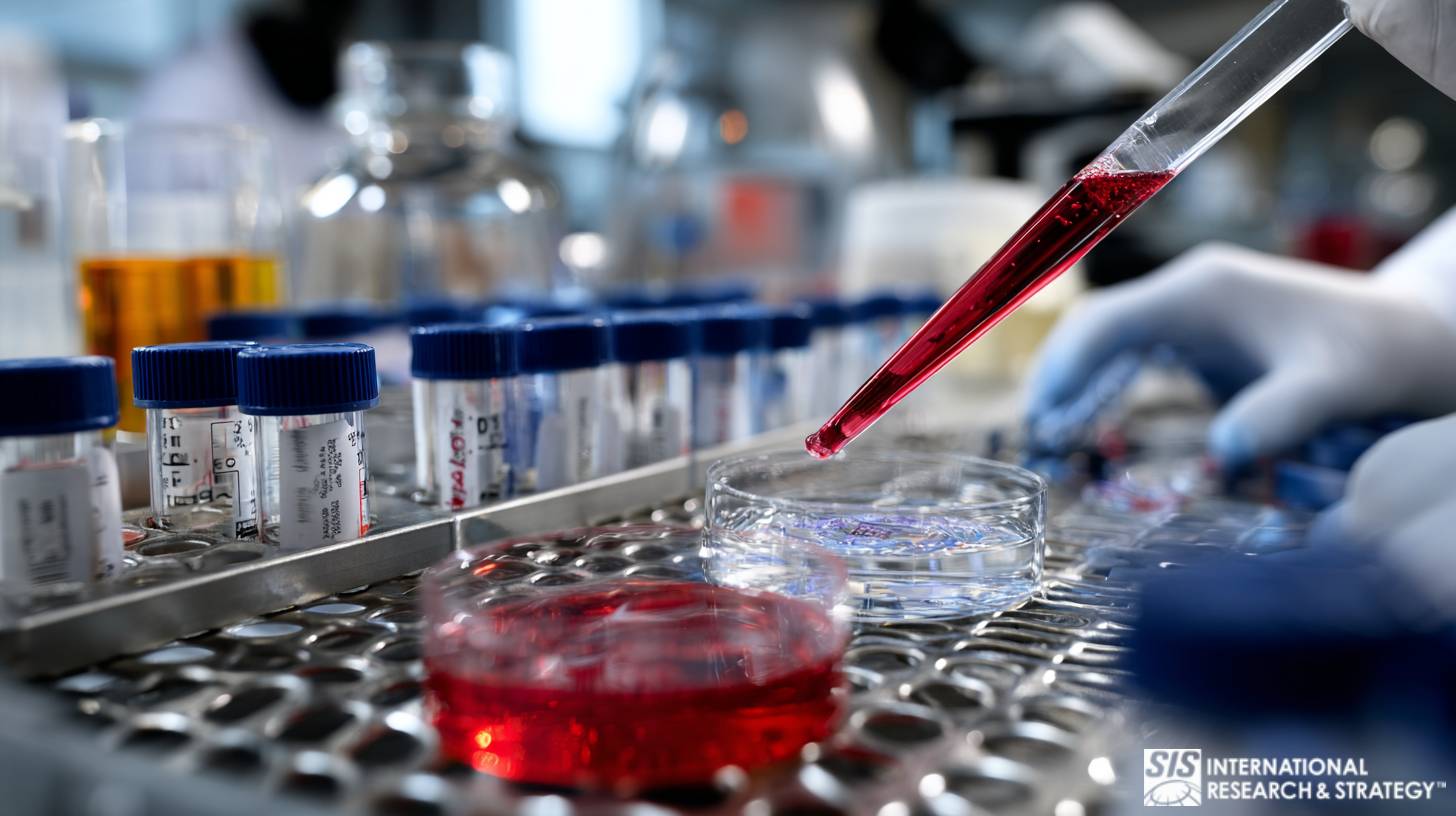
Biosimilar market research is crucial for developing effective market entry and growth strategies. It identifies the market size, growth potential, and key drivers of demand. Companies can tailor their products and marketing strategies to meet the specific needs of different market segments by analyzing trends in patient adoption, healthcare provider preferences, and regional market variations.
Inoltre, the biosimilar market is heavily regulated, with stringent requirements for approval and ongoing compliance. Therefore, biosimilar market research enables businesses to stay updated on regulatory changes, understand the approval processes in different regions, and anticipate potential regulatory hurdles. This knowledge helps companies develop regulatory strategies that ensure timely approval and compliance, reducing the risk of delays and additional costs.
Inoltre, market research provides detailed competitive analysis, helping businesses understand their competitors’ strategies, strengths, and weaknesses. It is essential to identify market gaps, develop unique value propositions, and effectively position biosimilar products to gain a competitive advantage.
The Evolving Landscape of Biosimilars
The truth about biosimilars? They’re not just cheaper alternatives—they’re healthcare game-changers that most executives still don’t fully understand.
Market disruption is the daily reality reshaping pharmaceutical economics worldwide. The biosimilar market research we’ve conducted over the past five years reveals a startling truth: manufacturers who initially scoffed at biosimilar competition now scramble to develop their portfolios. You’re witnessing a fundamental shift in how biological therapies reach patients, with ripple effects touching everything from pricing strategies to R&D priorities.
… And what’s driving this transformation? It’s not just cost savings, though they’re substantial. Our latest biosimilar market research indicates that successful market entrants are those who understand the complex interplay between regulatory pathways, physician acceptance, and patient education. The barriers to entry remain high—developing a biosimilar isn’t like producing a simple generic pill—but the rewards for getting it right have never been greater.
The most successful organizations we’ve worked with approach biosimilar market research as an ongoing commitment rather than a one-time investment. They’re constantly testing assumptions, tracking evolving prescriber behaviors, and adjusting their commercialization strategies based on real-world evidence.
La nostra attuale revisione del mercato e raccomandazioni
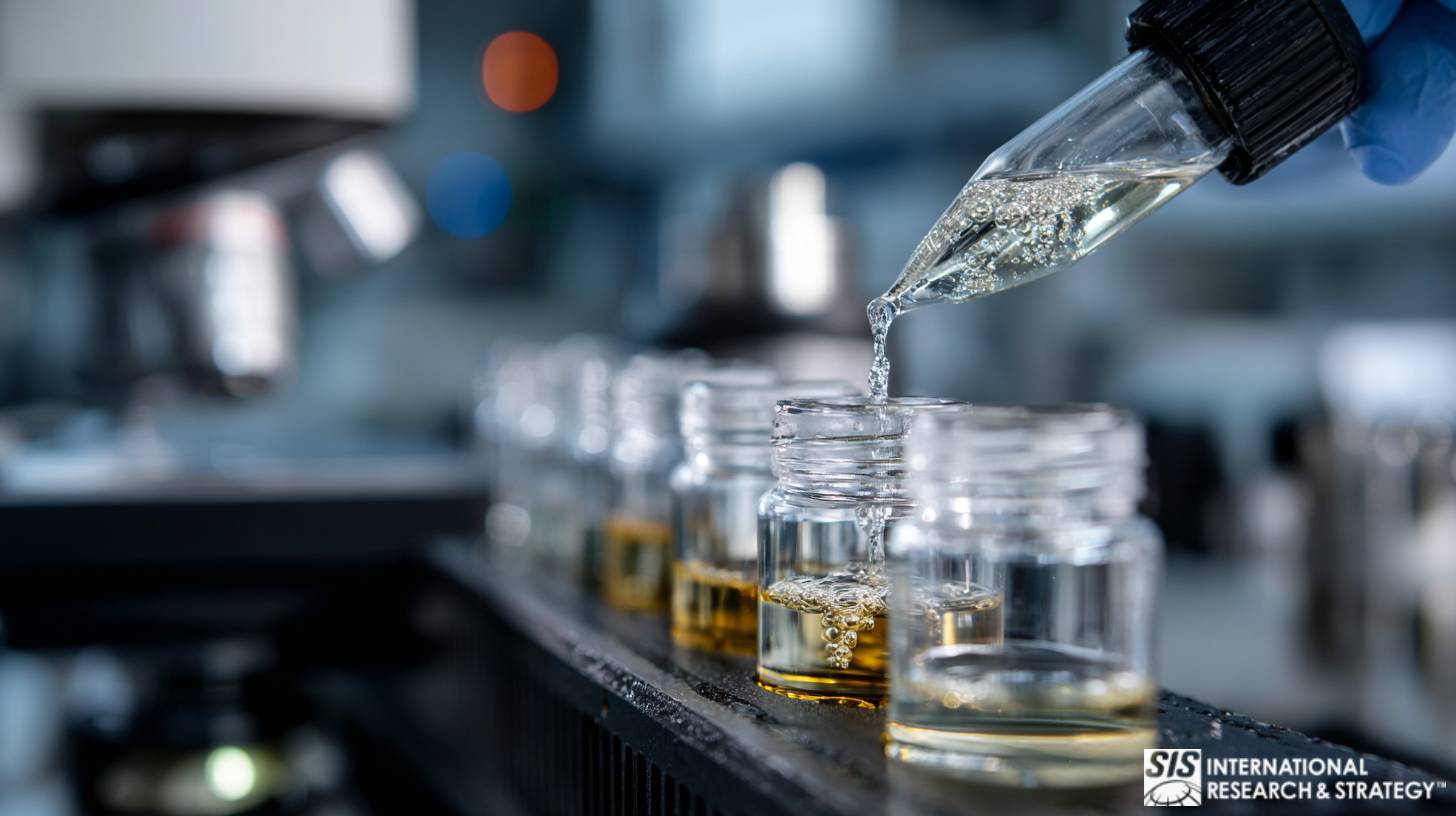
Noi di SIS International riteniamo che il mercato dei biosimilari stia vivendo una crescita significativa guidata dalla crescente domanda di trattamenti biologici economicamente vantaggiosi, dalla scadenza dei brevetti dei principali farmaci biologici e da ambienti normativi favorevoli. La nostra ricerca indica che si prevede che il mercato continuerà ad espandersi, con un numero crescente di prodotti biosimilari che entreranno sul mercato in varie aree terapeutiche.
Additionally, healthcare providers’ and patients’ acceptance and adoption of biosimilars are on the rise, supported by increased education and awareness efforts. However, challenges such as regulatory complexities, competitive pressures, and the need for robust pharmacovigilance remain.
Raccomandazioni per le imprese
- Sfruttare le opportunità di mercato: Consigliamo alle aziende di trarre vantaggio dalla crescente domanda di biosimilari espandendo i propri portafogli di prodotti ed entrando in nuove aree terapeutiche. Identificando mercati ad alto potenziale e bisogni non soddisfatti, le aziende possono sviluppare prodotti biosimilari che si rivolgono a popolazioni specifiche di pazienti e ottengono un vantaggio competitivo.
- Rafforzare le strategie normative: Muoversi nel panorama normativo è fondamentale per lanciare e commercializzare con successo i biosimilari. Riteniamo che le aziende debbano investire nello sviluppo di forti strategie normative che garantiscano la conformità ai requisiti regionali e facilitino approvazioni tempestive.
- Migliorare il coinvolgimento delle parti interessate: Costruire fiducia tra gli operatori sanitari, i pagatori e i pazienti è essenziale per un’adozione diffusa dei biosimilari. Riteniamo importante che le aziende si concentrino su strategie di formazione e comunicazione complete che mettano in risalto la sicurezza, l'efficacia e il rapporto costo-efficacia dei biosimilari.
Regional Variations in Biosimilar Adoption
Geographic differences in biosimilar uptake tell a fascinating story about healthcare systems and cultural attitudes toward innovation.
In Europa, where biosimilar market research shows impressive adoption rates, centralized purchasing decisions and physician incentives have created a flourishing ecosystem. Meanwhile, the U.S. market presents a more fragmented picture, with biosimilar market research revealing pockets of rapid adoption alongside areas of persistent resistance.
I’ve walked hospital corridors in Germany, where biosimilar utilization exceeds 90% for certain molecules, and contrasted this with facilities in parts of the U.S. where that figure struggles to reach 20%. Our biosimilar market research teams have identified key inflection points that predict when and how quickly adoption accelerates in different regions. It’s not simply about price—though that matters enormously—but about confidence in the regulatory framework and educational outreach.
Asian markets present perhaps the most dynamic picture of all. Our biosimilar market research in South Korea, India, and China reveals aggressive government policies promoting domestic development alongside unique physician education needs. We’ve helped multinational clients navigate these complexities, identifying partnership opportunities that leverage local knowledge while maintaining global quality standards.
Principali attori nella ricerca di mercato sui biosimilari
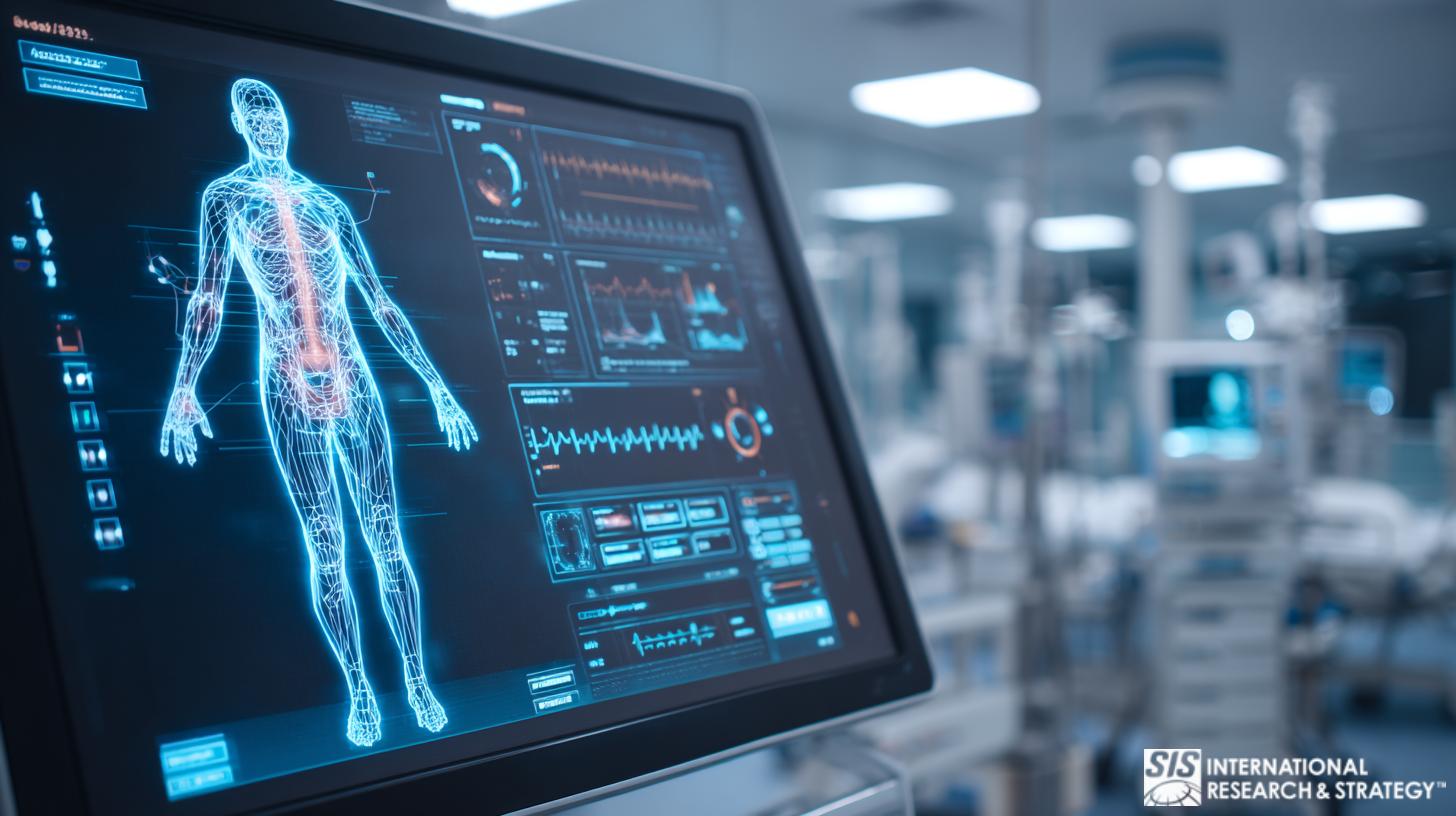
Nel mercato dei biosimilari, diversi attori leader stanno guidando l’innovazione, lo sviluppo e la commercializzazione di prodotti biosimilari. Queste aziende sfruttano ricerche di mercato approfondite per orientarsi nel panorama normativo, comprendere le dinamiche del mercato e posizionarsi in modo competitivo. Ecco alcuni dei principali attori nella ricerca di mercato sui biosimilari:
Amgen
- Amgen è un leader globale nel campo delle biotecnologie e uno dei pionieri nello sviluppo di biosimilari. Con una forte attenzione alla ricerca e allo sviluppo, Amgen utilizza approfondite ricerche di mercato per identificare opportunità e ottimizzare la propria pipeline di prodotti.
Sandoz (una divisione Novartis)
- Sandoz, una divisione di Novartis, è un attore leader nel mercato dei biosimilari, con un ampio portafoglio di prodotti biosimilari. L'azienda utilizza ricerche di mercato approfondite per comprendere le preferenze dei fornitori di servizi sanitari, i requisiti normativi e i panorami competitivi.
Biocon
- Biocon è un leader emergente del mercato dei biosimilari, noto per il suo approccio innovativo e la sua portata globale. L'azienda sfrutta la ricerca di mercato per espandere la sua presenza nei mercati chiave e migliorare il suo posizionamento competitivo.
Pfizer
- Pfizer è uno dei principali attori nel mercato dei biosimilari e punta fortemente sulla ricerca e sullo sviluppo. L’azienda utilizza ricerche di mercato approfondite per guidare le sue strategie biosimilari, dallo sviluppo del prodotto alla commercializzazione.
Celltrion
- Celltrion è un'azienda biotecnologica specializzata nello sviluppo e nella produzione di biosimilari. L'azienda conduce approfondite ricerche di mercato per identificare le esigenze del mercato, le sfide normative e le opportunità competitive.
Samsung Bioepis
- Samsung Bioepis è una joint venture tra Samsung Biologics e Biogen, dedicata allo sviluppo di biosimilari di alta qualità. L'azienda sfrutta la ricerca di mercato per orientarsi in contesti normativi complessi e comprendere le dinamiche del mercato.
Prodotti farmaceutici Teva
- Teva Pharmaceuticals è un leader globale nei farmaci generici e specialistici, compresi i biosimilari. L’azienda utilizza ricerche di mercato per guidare le proprie strategie di sviluppo e commercializzazione di biosimilari. L'attenzione di Teva all'accesso dei pazienti e al contenimento dei costi guida i suoi sforzi per immettere sul mercato biosimilari di alta qualità, offrendo opzioni terapeutiche più convenienti ai pazienti di tutto il mondo.
Merck & Co. (MSD)
- Merck & Co., conosciuta come MSD al di fuori degli Stati Uniti e del Canada, è uno dei principali attori nel mercato dei biosimilari. L'azienda conduce approfondite ricerche di mercato per comprendere le preferenze dei fornitori di servizi sanitari, le sfide normative e le opportunità di mercato. L'impegno di Merck verso l'innovazione e la qualità garantisce che i suoi prodotti biosimilari soddisfino i più elevati standard di sicurezza ed efficacia.
Future Trends in Biosimilar Development
The next wave of biosimilars will transform therapeutic areas that have remained relatively untouched by this revolution. Our biosimilar market research forecasts indicate that ophthalmology, dermatology, and neurology will experience the kind of competitive reshaping that oncology and immunology have already undergone. You’re looking at a market that will nearly triple in value over the next decade, with particularly aggressive growth in emerging economies.
What makes this next phase different?
Biosimilar market research points to several key factors. Manufacturing technologies have advanced dramatically, lowering development costs. Regulatory pathways have become more predictable in major markets. And perhaps most importantly, the first generation of biosimilars has built credibility among clinicians who were initially skeptical but now have years of real-world experience with these products.
“The pioneers in biosimilar development faced headwinds that the next generation of products won’t encounter to the same degree—but they’ll face new challenges that require equally sophisticated market intelligence,” as one of our senior analysts recently noted in our global biosimilar market research report.
Our biosimilar market research indicates that biosimilar manufacturers who can offer compelling value-added services—not just competitive pricing—will increasingly differentiate themselves in crowded therapeutic categories. We’re already seeing this play out in diabetes and growth hormone therapies, where device integration and patient support programs have become competitive battlegrounds.
Competitive Analysis in the Biosimilar Space
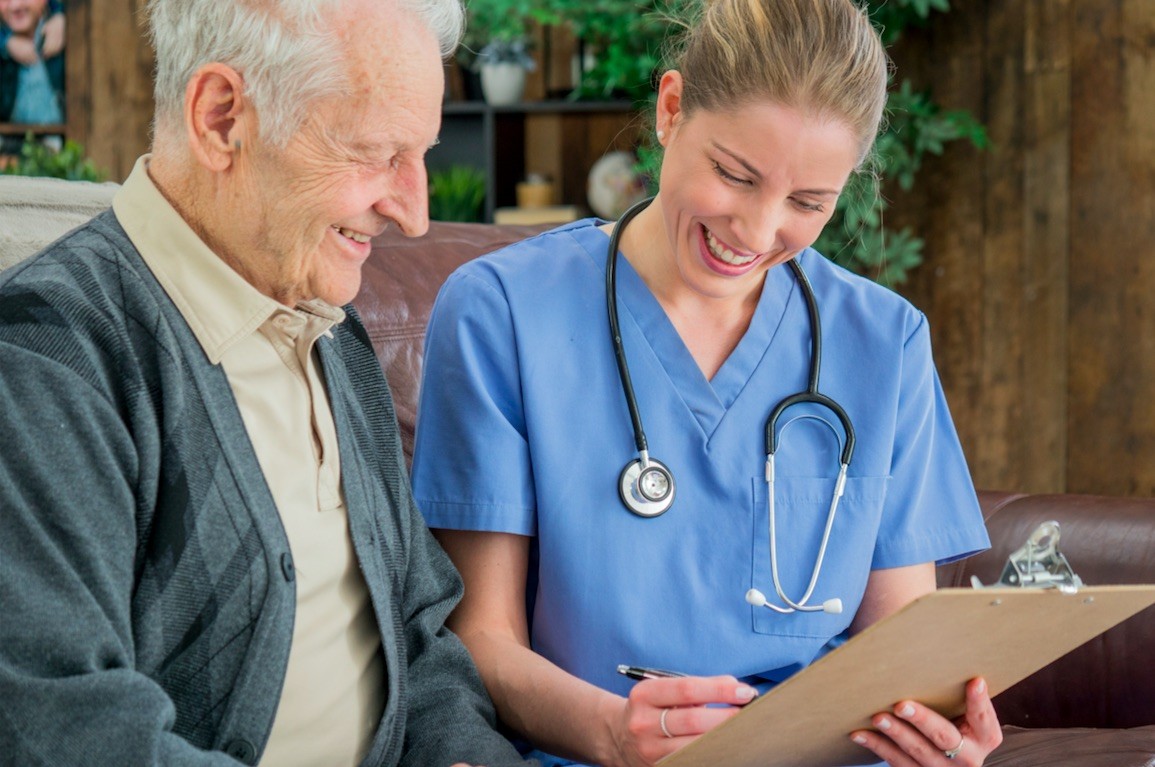
When we conduct biosimilar market research focused on competitive positioning, we often uncover development programs that aren’t widely publicized but could fundamentally alter market entry timing decisions. You’re operating in an environment where being third-to-market with the right strategy often outperforms being first with the wrong one.
Our biosimilar market research methodology combines traditional pharmaceutical intelligence gathering with specialized approaches developed specifically for this unique market. We track not just which molecules are in development, but also manufacturing capacity investments, clinical trial site selections, and patent litigation strategies that signal competitors’ intentions and capabilities.
What distinguishes high-value biosimilar market research is the ability to forecast product approvals and adoption curves across different customer segments. We’ve developed sophisticated models incorporating stakeholder research, analog analysis, and payer dynamics to help clients realistic volume projections at launch and throughout the product lifecycle as competitive intensity increases.
Biosimilar Market Research – Key Insights
• Market Disruption: Biosimilars are fundamentally reshaping pharmaceutical economics, with even skeptical manufacturers now developing their biosimilar portfolios.
• Success Factors: Leading companies in the biosimilar space excel through deep stakeholder insights rather than just competitive pricing, understanding the interplay between regulatory pathways, physician acceptance, and patient education.
• Regional Variations: Significant differences exist in adoption rates across regions, with Europe showing adoption rates up to 90% for certain molecules while some U.S. regions struggle to reach 20%.
• Asian Markets: Countries like South Korea, India, and China present unique opportunities with aggressive government policies promoting domestic development alongside specific education needs.
• Stakeholder Complexity: Successful biosimilar launches require orchestrating messages across multiple audiences simultaneously, including payers, hospital administrators, patient groups, and regulatory authorities.
• Value Thresholds: Different stakeholders require different cost savings to find biosimilar value propositions compelling—hospital pharmacists may demand 30% savings. In comparison, integrated health systems might change formularies at just 15% if supply reliability is high.
• Emerging Therapeutic Areas: The next wave of biosimilars will transform ophthalmology, dermatology, and neurology, with market value expected to nearly triple over the next decade.
• Regulatory Navigation: Significant differences in approval requirements across regions necessitate sophisticated intelligence to design efficient development programs meeting diverse expectations.
• Competitive Positioning: Being third-to-market with the right strategy often outperforms being first with the wrong approach—successful companies track molecules in development, manufacturing investments, and patent litigation strategies.
• Integrazione digitale: Forward-thinking biosimilar manufacturers differentiate themselves through value-added services like device integration and patient support programs, particularly in diabetes and growth hormone therapies.
In che modo le ricerche di mercato di SIS International nel mercato dei biosimilari aiutano le aziende
La nostra esperienza nella ricerca di mercato sui biosimilari copre vari aspetti delle dinamiche di mercato, dei panorami normativi e dell'analisi competitiva, consentendo alle aziende di prendere decisioni informate e raggiungere i propri obiettivi strategici. Ecco come le nostre ricerche di mercato nel mercato dei biosimilari aiutano le aziende:
Aumento delle entrate
Our research helps companies understand which products or services resonate most with healthcare providers and patients, enabling them to focus on high-potential areas.
Riduzione del rischio
Forniamo alle aziende gli insight per identificare potenziali rischi e sviluppare strategie di mitigazione. La nostra ricerca aiuta le aziende a prendere decisioni informate che riducono la probabilità di errori costosi e garantiscono la resilienza di fronte alle sfide.
Miglioramento dell'efficienza del marketing
SIS Internazionale market research services help businesses identify the most effective marketing channels, messages, and strategies to reach their target audience.
Crescita accelerata e innovazione
Our research services provide businesses with the insights to identify emerging trends and consumer needs, fueling innovation and growth.
Partenariato a lungo termine
We believe in building long-term partnerships with our clients. SIS International provides ongoing support and consultation to help businesses adapt to market changes and continuously refine their strategies. Our commitment to client success ensures you have a trusted partner to rely on as you navigate the biosimilar market.
Domande frequenti
1. What makes biosimilar market research different from traditional pharmaceutical research?
Biosimilar market research requires a more comprehensive stakeholder approach than traditional pharmaceutical research. While traditional research often focuses heavily on prescriber preferences, biosimilar research must include payers, hospital administrators, patient advocacy groups, and regulatory authorities—all of whom significantly influence adoption. Additionally, biosimilar research must account for unique considerations like interchangeability, switching studies, and reference product selection that don’t exist in other pharmaceutical categories.
2. How long do biosimilars typically take to gain significant market share after launch?
Market share acquisition varies dramatically by region, therapeutic area, and molecule. In Europe, where centralized purchasing decisions and physician incentives support adoption, biosimilars can capture 50-80% market share within 12-24 months for well-established molecules. In the U.S., adoption has historically been slower, though this is changing with improved stakeholder education and evolving payer policies. Our research shows that oncology biosimilars typically gain traction faster than those in immunology, and hospital-administered products generally see quicker uptake than self-administered ones.
3. What are the most common barriers to biosimilar market entry for entrepreneurs?
The primary barriers include:
1) High development costs and technical complexity, requiring sophisticated manufacturing capabilities;
2) Patent thickets created by reference product manufacturers;
3) Regulatory uncertainty in some regions;
4) Physician and patient education needs; 5) Reference product manufacturer defensive strategies including contracting tactics and product improvements;
6) Limited differentiation opportunities beyond price; and
7) Challenges in building credibility with key stakeholders as a new entrant. Successful entrepreneurs typically address these through strategic partnerships, focused therapeutic area selection, and innovative go-to-market approaches.
4. How important is interchangeability designation for biosimilar commercial success?
While interchangeability designation can be valuable in certain market segments, particularly retail pharmacy-dispensed products, our research shows it’s not universally necessary for commercial success. Building prescriber confidence through strong clinical data and education often proves more important than interchangeability designation in hospital and clinic settings where physicians actively prescribe products. The significance of interchangeability varies substantially by therapeutic area, product administration setting, and regional pharmacy substitution laws.
5. What role do value-added services play in biosimilar competition?
As more biosimilars enter the same therapeutic spaces, value-added services are becoming increasingly important differentiators. Our research indicates that services like patient support programs, simplified reimbursement assistance, injection training, and digital monitoring tools can significantly influence adoption decisions when multiple biosimilars offer similar pricing. For entrepreneurs entering the space, strategically designed service offerings that address specific stakeholder pain points can create competitive advantage without requiring the massive investments to compete solely on price.
6. How are biosimilar pricing strategies evolving as markets mature?
Early biosimilar entrants typically launched with modest discounts (15-30%) to reference products, but pricing strategies have become more sophisticated as competition intensifies. In mature biosimilar markets like Europe, we now see average discounts of 30-70% depending on the therapeutic area and competitive intensity. Contract structures have also evolved beyond simple percentage discounts to include volume-based tiering, outcomes guarantees, and portfolio-based contracting. Entrepreneurs should be prepared for aggressive pricing competition in established biosimilar categories while potentially finding more pricing flexibility in newly-opening therapeutic areas.
7. What capabilities are most critical for new entrants to develop when entering the biosimilar space?
Beyond the obvious technical and regulatory capabilities required for development, successful new entrants must excel at:
1) Stakeholder mapping and engagement across the entire ecosystem;
2) Health economic modeling that quantifies value beyond simple acquisition cost;
3) Educational content development tailored to different stakeholder concerns;
4) Supply chain reliability and scalability;
5) Competitive intelligence gathering;
6) Nimble commercial operations that can adapt to rapidly changing market conditions; and
7) Strategic partnership development to complement internal capabilities. Our research consistently shows that companies underinvesting in these areas struggle even with technically excellent products.
La nostra sede a New York
11 E 22nd Street, Piano 2, New York, NY 10010 T: +1(212) 505-6805
A proposito di SIS Internazionale
SIS Internazionale offre ricerca quantitativa, qualitativa e strategica. Forniamo dati, strumenti, strategie, report e approfondimenti per il processo decisionale. Conduciamo anche interviste, sondaggi, focus group e altri metodi e approcci di ricerca di mercato. Contattaci per il tuo prossimo progetto di ricerca di mercato.

